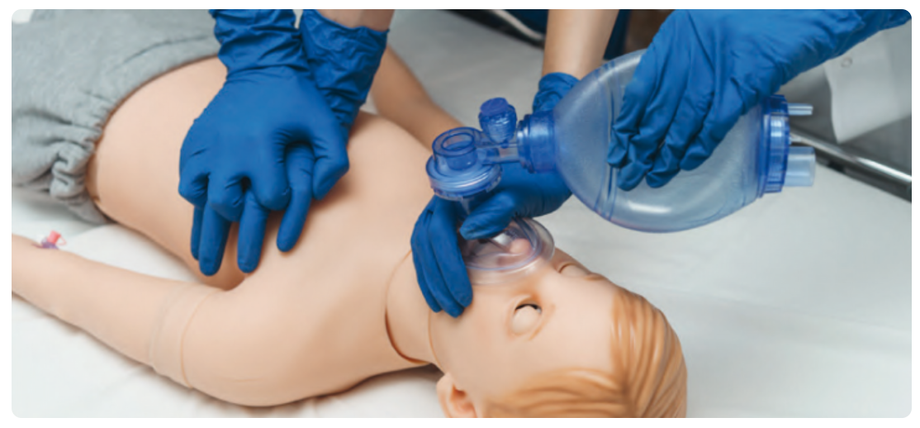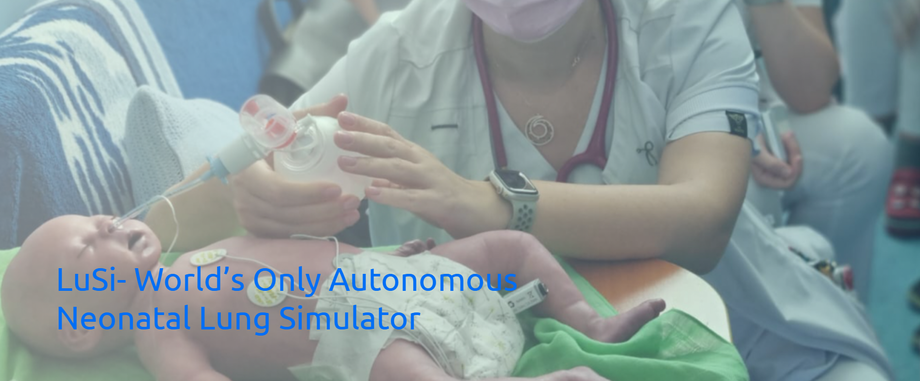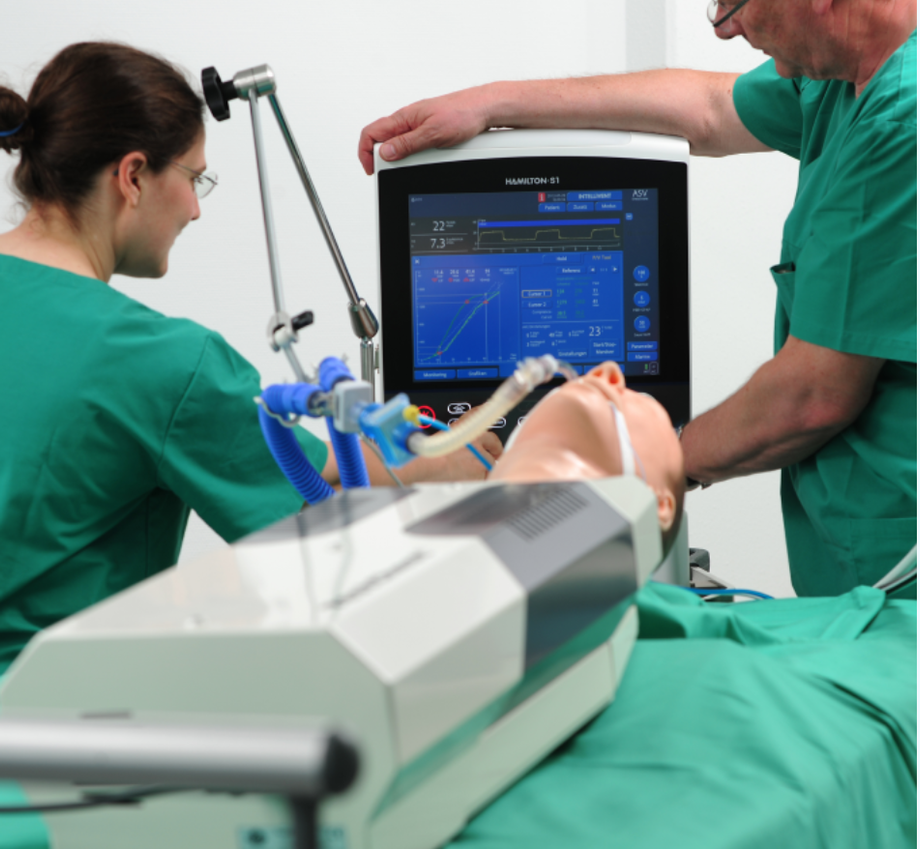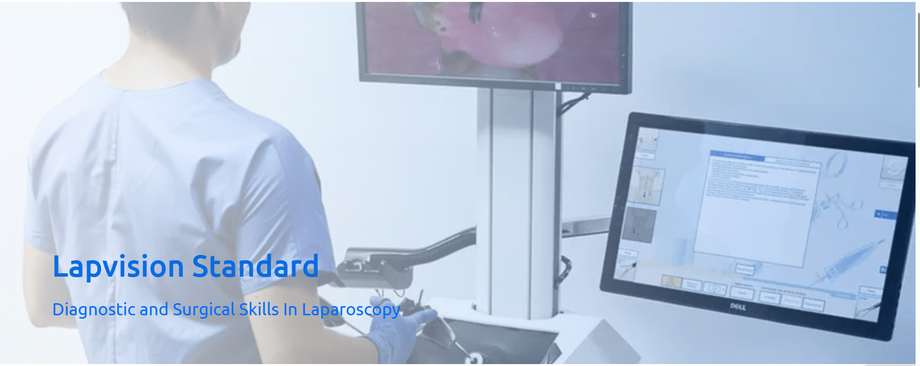Top 5 Medical Simulators Revolutionizing Healthcare Training in 2025
The healthcare industry is witnessing a paradigm shift in the way medical education is delivered. Traditional learning methodologies are rapidly being enhanced or even replaced by high-tech simulation-based training tools. Among these tools, simulators such as the auscultation simulator, hi-fidelity paediatric patient simulator, autonomous human lung simulators, pediatric lung simulator, and laparoscopy simulator have emerged as essential components in medical training environments.
These cutting-edge technologies not only improve the learning curve for healthcare professionals but also ensure patient safety and reduce real-life procedural errors. This article explores how these simulators are transforming healthcare education and why they are considered indispensable in modern medical training programs.
Auscultation Simulator: Mastering the Art of Listening
Auscultation the act of listening to internal body sounds is one of the foundational skills every clinician must master. Traditionally, students practiced this skill on real patients, sometimes missing the opportunity to hear rare or complex conditions. Enter the auscultation simulator a high-tech training tool that replicates a variety of real-life heart, lung, and bowel sounds in a controlled and repeatable manner.
These simulators are embedded with advanced audio systems and anatomically correct models, offering learners a hands-on experience with diagnostic scenarios ranging from normal heartbeats to severe murmurs and abnormal respiratory sounds. The auscultation simulator allows students to build their diagnostic skills progressively, ensuring they are well-prepared for clinical environments.
Hi-Fidelity Paediatric Patient Simulator: Bridging the Gap Between Theory and Practice
Training in pediatric care presents unique challenges. Children are not just small adults they have different physiological parameters, emotional responses, and clinical needs. A hi-fidelity paediatric patient simulator provides a lifelike, dynamic representation of pediatric patients, helping healthcare students and professionals gain hands-on experience without the ethical and emotional burden of practicing on real children.
These simulators can mimic a wide range of pediatric conditions including asthma, cardiac arrest, respiratory distress, and trauma. Equipped with advanced sensors and responsive systems, hi-fidelity paediatric patient simulators allow users to assess vital signs, administer treatments, and evaluate outcomes in real time. They can simulate crying, seizures, cyanosis, and even reactive pupils, offering a deeply immersive and realistic training environment.
By incorporating this simulator into pediatric training programs, medical institutions ensure students develop critical thinking, clinical judgment, and technical skills before treating real patients.
Autonomous Human Lung Simulators: Breathing Life into Respiratory Training
Respiratory illnesses are among the most common causes of morbidity worldwide. Hence, mastering the diagnosis and treatment of such conditions is vital for any healthcare professional. Autonomous human lung simulators serve as a vital training resource for medical students, respiratory therapists, and intensive care professionals.
These simulators offer a dynamic representation of human pulmonary mechanics. They can simulate various conditions such as COPD, pneumonia, asthma, ARDS, and mechanical ventilation scenarios. What sets autonomous human lung simulators apart is their ability to autonomously respond to interventions. For example, if a student changes ventilator settings, the simulator will adjust its “breathing” patterns accordingly.
This real-time feedback enhances experiential learning and improves the user’s ability to troubleshoot, interpret, and make quick clinical decisions. These systems also allow trainees to experiment with treatment strategies in a risk-free environment.
Pediatric Lung Simulator: Specializing in Child Respiratory Care
Pediatric lung function differs significantly from adults. From the size of the airways to the breathing rate, every aspect of pediatric pulmonary physiology requires specialized knowledge. A pediatric lung simulator is designed to train medical professionals in accurately diagnosing and managing respiratory issues in infants and children.
These simulators can recreate a wide range of pediatric lung disorders, such as bronchiolitis, congenital lung anomalies, and cystic fibrosis. By using pediatric lung simulator, learners gain familiarity with pediatric-specific pulmonary mechanics, which helps in administering appropriate ventilation support and identifying complications early.
Moreover, these simulators are vital for neonatal intensive care training, where the margin for error is minimal. They help clinicians learn how to intubate tiny airways, set ventilator parameters correctly, and manage neonatal distress effectively.
Laparoscopy Simulator: Enhancing Minimally Invasive Surgical Skills
The demand for minimally invasive surgical procedures is increasing rapidly. Mastery in laparoscopic surgery requires exceptional hand-eye coordination, depth perception, and fine motor skills—skills that are difficult to acquire through theory alone. The laparoscopy simulator provides a realistic environment to practice these procedures without the risk of harming a patient.
Modern laparoscopy simulator use virtual reality (VR) or physical simulation platforms to replicate abdominal surgeries such as cholecystectomy, hernia repair, and appendectomy. They provide haptic feedback, visual guidance, and real-time metrics on performance, allowing learners to refine their techniques.
Surgeons can practice tissue handling, knot tying, suturing, and even manage surgical complications within the simulation. Institutions that integrate laparoscopy simulators into their training programs often report higher skill levels among residents and reduced intra-operative errors.
Why Medical Simulators Are the Future of Healthcare Education
Simulation-based education offers a host of benefits for both learners and institutions. Here's why simulators such as the auscultation simulator, hi-fidelity paediatric patient simulator, autonomous human lung simulators, pediatric lung simulator, and laparoscopy simulator are rapidly becoming integral to healthcare education:
Risk-Free Learning: Trainees can make mistakes and learn from them without endangering patient lives.
Consistent Training: Every learner gets the same clinical experience, something that’s nearly impossible in real-life rotations.
Immediate Feedback: Simulators often come with performance tracking, helping students identify and correct mistakes instantly.
Enhanced Retention: Studies show that experiential learning leads to better retention and application of knowledge.
Cost-Effective: While the initial investment may be high, simulators reduce the need for repeated real-life clinical exposure, making them cost-effective in the long run.
Medical training has evolved significantly with the integration of high-tech simulators. The auscultation simulator helps students perfect their diagnostic listening skills; the hi-fidelity paediatric patient simulator provides hands-on pediatric training; autonomous human lung simulators and pediatric lung simulators ensure mastery in respiratory care; and the laparoscopy simulator sharpens surgical skills without any real-life risk.
By adopting these innovative tools, educational institutions and healthcare providers can ensure that the next generation of medical professionals is highly skilled, confident, and patient-focused. Investing in these simulators is not just a technological upgrade it’s a commitment to better healthcare outcomes worldwide.
Contact Us:
For more information please visit : https://mavericksimulation.com/





Comments
Post a Comment